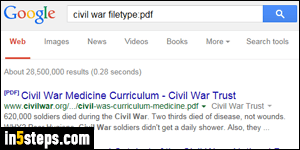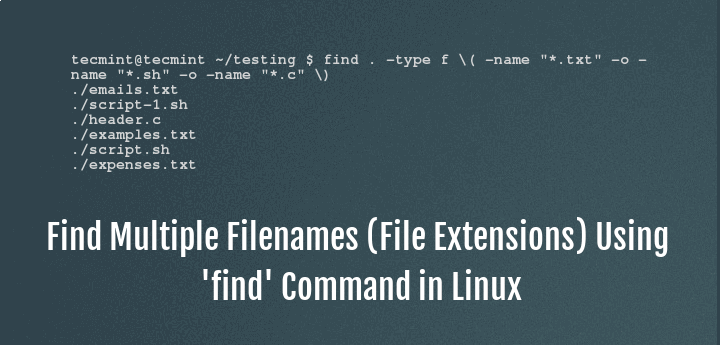

For more information about the keyword list and search statistics, see Get keyword statistics for searches. You can also use a keyword phrase (surrounded by parentheses) in a row. This can help you quickly identify which keywords are the most (and least) effective. Why use the keyword list? You can get statistics that show how many items match each keyword. If you do this, the keywords on each row are connected by a logical operator ( c:s) that is similar in functionality to the OR operator in the search query that's created. For more information, see Keyword queries and search conditions for eDiscovery.Īlternatively, you can click the Show keyword list checkbox and the type a keyword in each row. If you leave the keyword box empty, all content located in the specified content locations is included in the search results. You can use more complex queries that use a Boolean operator, such as AND, OR, NOT, and NEAR. Specify keywords, message properties such as sent and received dates, or document properties such as file names or the date that a document was last changed. On the Define your search conditions page, type a keyword query and add conditions to the search query if necessary. For more information, see Search for Teams chat data for on-premises users. For example, if you search all Exchange mailboxes in the organization and this checkbox is selected, the cloud-based storage used to store Teams chat data for on-premises users will be included in the scope of the search. Keep this checkbox selected to search for Teams content for on-premises users. Leave the toggle switch off if you don't want to put a hold on public folders. You can't choose specific public folders to put on hold. You can also add the URL for the SharePoint site for a Microsoft Team, Office 365 Group, or Yammer Group.Įxchange public folders: Set the toggle to On to put all public folders in your Exchange Online organization on hold. Type the URL for each site that you want to place on hold. SharePoint sites: Set the toggle to On and then click Choose sites to specify SharePoint sites and OneDrive accounts to place on hold. For more information about the application data stored in mailboxes, see Content stored in mailboxes for eDiscovery. You can also search the mailbox associated with a Microsoft Team (for channel messages), Office 365 Group, and Yammer Group. Use the search box to find user mailboxes and distribution groups. You can search mailboxes, sites, and public folders.Įxchange mailboxes: Set the toggle to On and then click Choose users, groups, or teams to specify the mailboxes to place on hold. On the Locations page, choose the content locations that you want to search.

The name of the search must be unique in your organization. Type a name for the search, an optional description that helps identify the search. On the Content search page, click New search. In the left navigation pane of the Microsoft 365 compliance center, click Content search. Go to and sign in using the credentials of an account that's been assigned the appropriate permissions. You can only use the tool to search cloud-based mailboxes.

In an Exchange hybrid deployment, you can't use the Content search tool to search on-premises mailboxes. For more information, see Assign eDiscovery permissions. To access to the Content search tool in the Microsoft 365 compliance center (to run searches and preview results and export results), an administrator, compliance officer, or eDiscovery manager must be a member of the eDiscovery Manager role group in the Microsoft 365 compliance center. After you run a search, you can preview the results or export them to a local computer. You can quickly view statistics, such as the content locations that have the most items that match the search query. SharePoint Online sites and OneDrive for Business accountsĪfter you run a search, the number of content locations and an estimated number of search results are displayed on the search flyout page. Use this tool to search for content in these cloud-based Microsoft 365 data sources: You can use the Content search eDiscovery tool in the Microsoft 365 compliance center to search for in-place content such as email, documents, and instant messaging conversations in your organization.


 0 kommentar(er)
0 kommentar(er)
